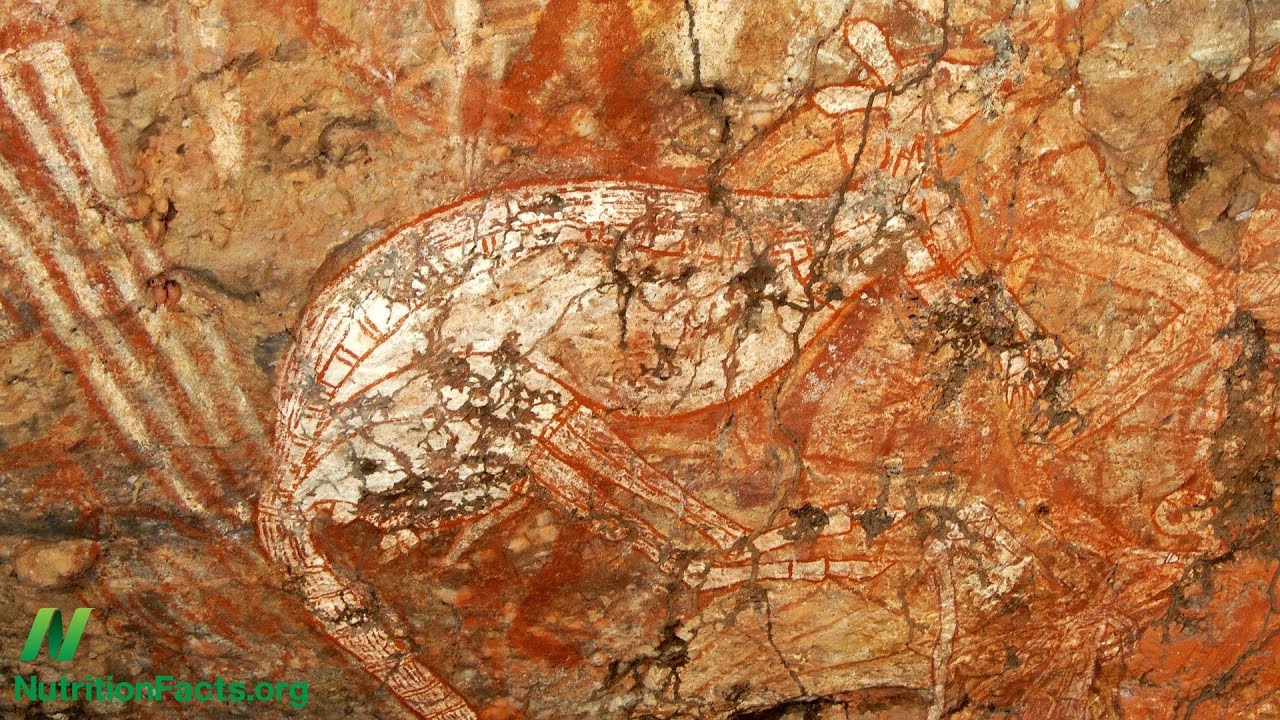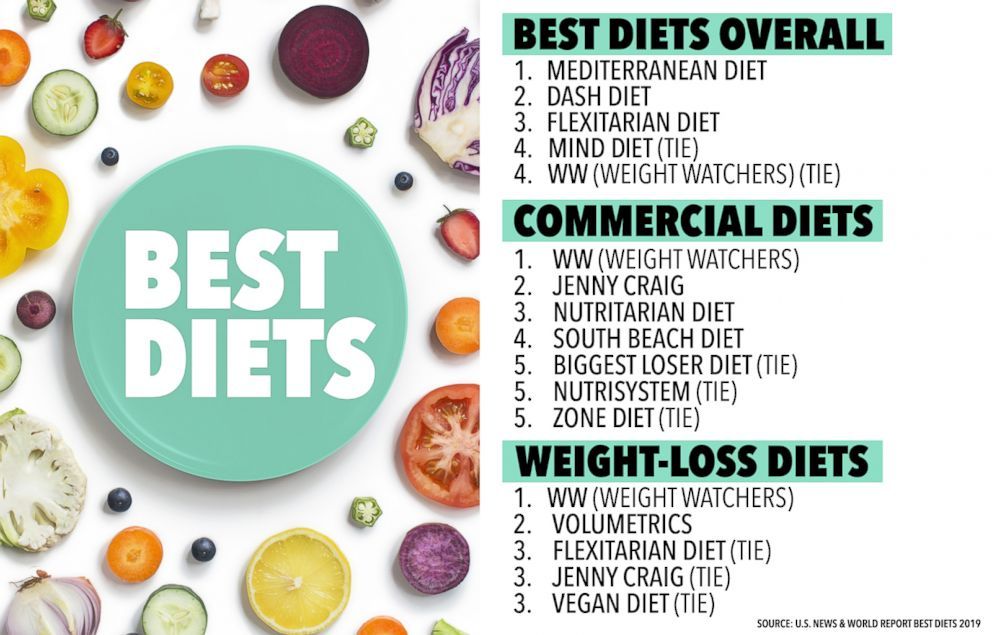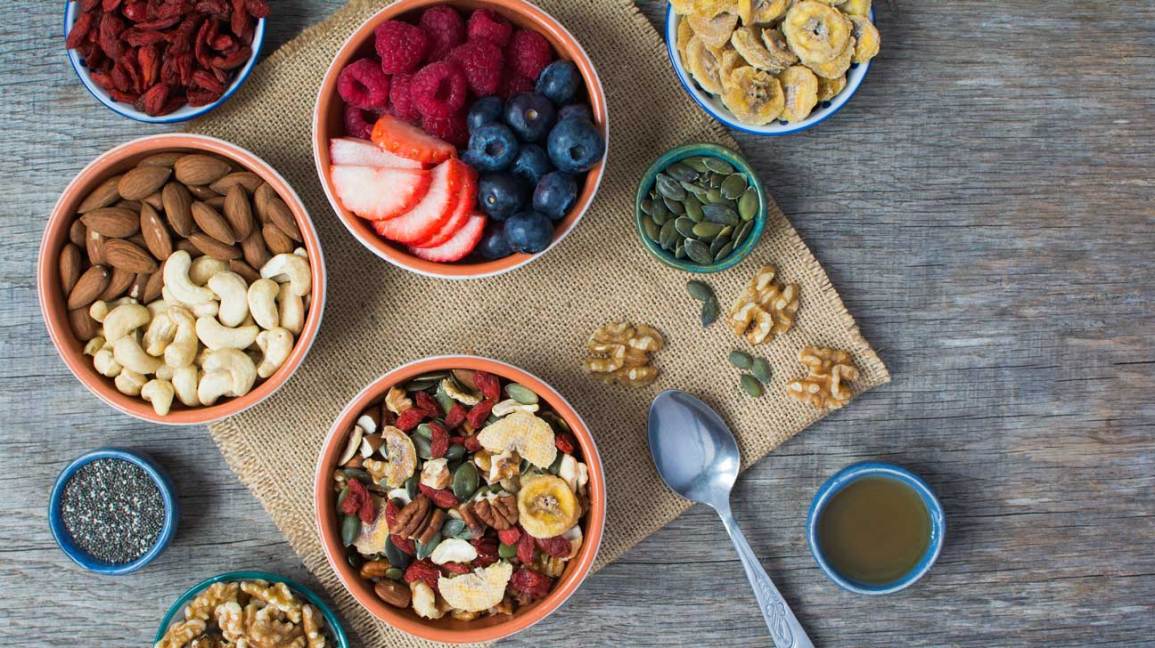
A scientist specializing in nutrition and exercise physiology, Dr. Loren Cordain is a prominent advocate of the Paleolithic diet. But there are many myths surrounding the Paleolithic food. Let's explore the myths around this diet to better understand why it is so important that you eat healthy food. Here are some of the biggest myths associated with this diet.
Dr. Loren Cordain
Dr. Loren Cordain, a world-renowned authority on human evolution is well-known. He has appeared on the front page of The New York Times, Wall Street Journal, and Dateline NBC. He is also the leading expert in natural human nutrition. He has published more than 100 peer reviewed scientific papers on the topic and has done groundbreaking research about the health benefits of eating food derived from Stone Age ancestors.
Cordain's research centers on the evolutionary, anthropological and nutritional bases of diets. Many of his publications analyze the nutritional compositions wild plant and animal food consumed by early people. He is the foremost expert on Paleolithic diets and has lectured extensively on this subject worldwide. His books on the subject are highly popular and well-read. For more information on Dr. Cordain and his work, please read the biography.
His research

Loren Cordain has discovered a link between modern-day diseases and diets. Stone Age people consumed less sodium, potassium, and other modern diseases. Similar to the Middle East, people who lived there ate more fruits and vegetables. This could explain some of today's diseases. What if diet is only part of the problem? Why haven’t more people been eating fruits and vegetables instead?
Paleo is one of today's most popular health movements. It discourages grains, whole grains and legumes, as well dairy, processed foods, and vegetable oil. Many researchers agree with this recommendation. In fact, the Paleo diet has been shown to be more effective than conventional diets in boosting your immune system and improving your health. Although Dr. Cordain does not claim that humans could live without these foods, the research shows that many people can benefit from them.
His book
This book is essential reading for anyone who wants to learn the science behind Paleolithic food. American scientist Loren Cortain has specialized in nutrition and exercise. His book Eat to Live was the first to be written by a leading Paleolithic advocate. Cordain's methods may be questioned by some, but there are numerous scientific studies that back him up.
Loren Cordain is an associate professor at Colorado State University. He is also a world-renowned expert in exercise physiology and nutrition. The Paleo Diet was developed by Cordain and other world-renowned scientists. This book is the first to be written by the founder of this popular diet. He explains in the book how the Paleo Diet has changed our lives. Read it now, and change your diet for good.
His thoughts on nutrition

One of Dr. Cordain’s most important contributions to modern healthcare is his research on diet. He holds a doctorate from the University of Utah in health. Since 1982, he has taught at Colorado State University. He has been featured on Dateline NBC as well as the Wall Street Journal and the New York Times. He is widely regarded by the world's leading authorities on natural diets.
Cordain, a historian of paleolithic foodways, provides valuable insight on the health and benefits of this lifestyle. First introduced to the world by Dr. Boyd Eaton, the Paleo diet has become one of the most popular dietary trends in recent years. The health benefits of the diet are being researched by Dr. Cordain at all ages, and even for children. He also sheds light on legumes, dairy, and carbohydrates, revealing the reality of what our bodies were designed to eat.
His critics
Criticians of Loren C. Cordain's Paleo Diet draw attention to numerous facts and examples in their critique. Although lean meat has a high protein content, it lacks essential nutrients like calcium, salt and folic acid. It also lacks protective nutrients such as vitamin A and omega-3 fat acids.
FAQ
How do you store leftovers best?
Tupperware containers work well for leftovers. These containers protect food from spoilage and keep it fresh. They also keep foods warm for longer. Frozen leftovers can be kept in freezer bags. You can freeze leftover food by placing it in another freezer bag. This will prevent any air from escaping. Once the food is frozen place it in an airtight container, such as a zip lock bag.
What is the average time it takes to become a chef? What is the average career track?
The average time it takes to become a chef is five years. This time you'll learn the basics of cooking and work as a cook assistant. You can apply for line, sous or executive chef positions after you complete your training. A chef can earn between $25,000 and $60,000 annually.
What are your basic cooking skills
Basic cooking skills include the ability to read recipes and measure ingredients. You need to master these skills if you want to cook for your own meals. Cooking is also a great way to save money since you don't have to eat out all the time.
How do I get hired to cook?
A word of mouth referral can lead to a job as cook. Friends and family might know of a restaurant in need of additional staff. Also, restaurants often advertise openings on bulletin boards and websites.
Statistics
- In the United States, the category is estimated at $23.2 billion annually and is growing faster than the market. (washingtonpost.com)
- You'll be amazed that over 90% of CIA students receive scholarships and grants to finish their culinary studies. (ischoolconnect.com)
- under 10 Kids have been taught that there is special food just for them, and Fiese says that 10 percent of kids will throw a tantrum if they don't get the food they want. (washingtonpost.com)
External Links
How To
How to cook a Steak
The thickness of any meat will dictate the cooking method. Thicker steaks, for example, are better cooked at low heat while thicker steaks require higher temperatures.
You should also ensure you don't overcook them because they'll lose flavor. And remember always to remove the steak from the pan when it's done - this way, you won't burn yourself.
Cooking times vary depending on the size and degree of doneness desired. Here are some general guidelines:
Medium Rare: Cook the meat until it reaches medium rare (63°C). This will take between 3 to 5 minutes per side.
Medium: Cook till medium. This normally takes around 6 minutes per side.
Cook well until done. That means that the internal temp reaches 180degF (82degC). This can take between 8-12 minutes per side.